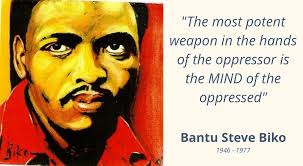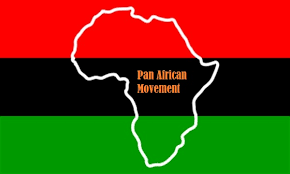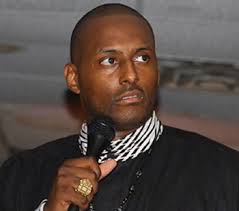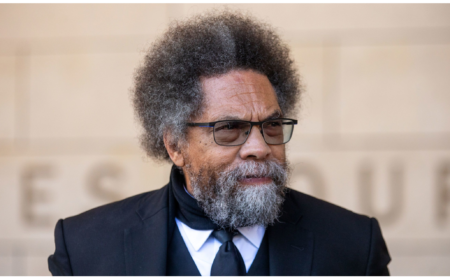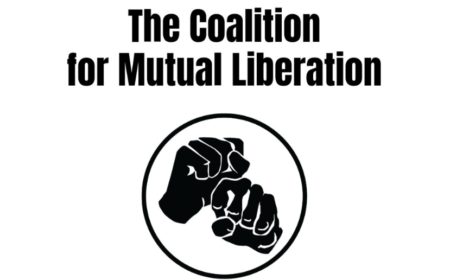“Time for an Awakening” with Bro. Elliott in Open Forum 11/19/2017
“Time for an Awakening” for Sunday 11/19/2017 at 7:00 PM, Open Forum conversation with the listeners on this weeks hot topics. Our health segment guest was Universal African Peoples Organization Health Minister Nathaniel Jordan, with information on Type II Diabetes, and other valuable health tips.
Podcast: Play in new window | Download (Duration: 2:51:36 — 78.8MB) | Embed
